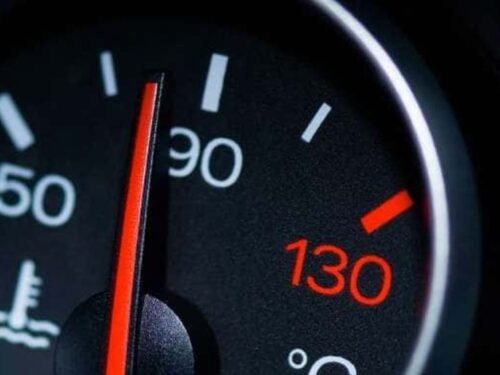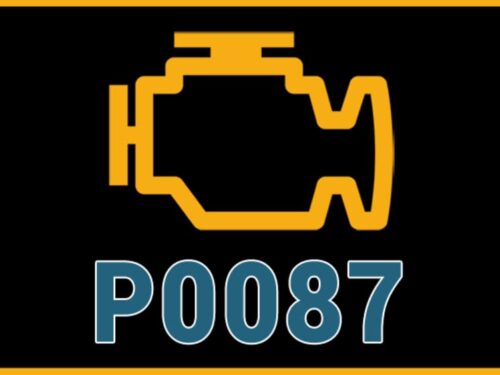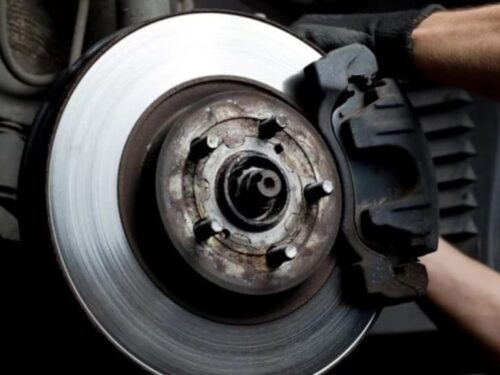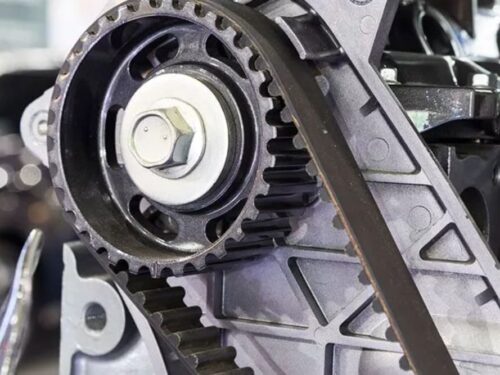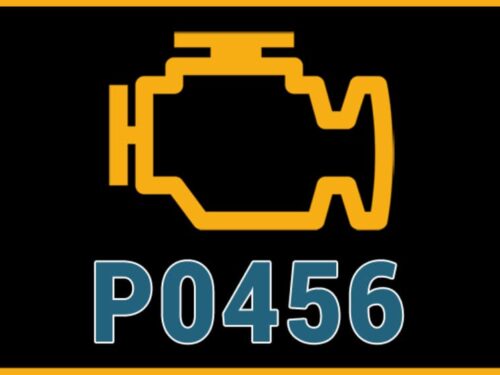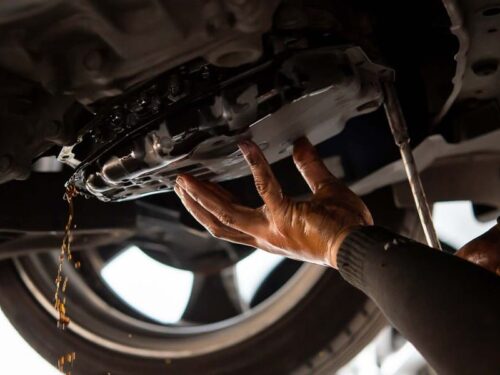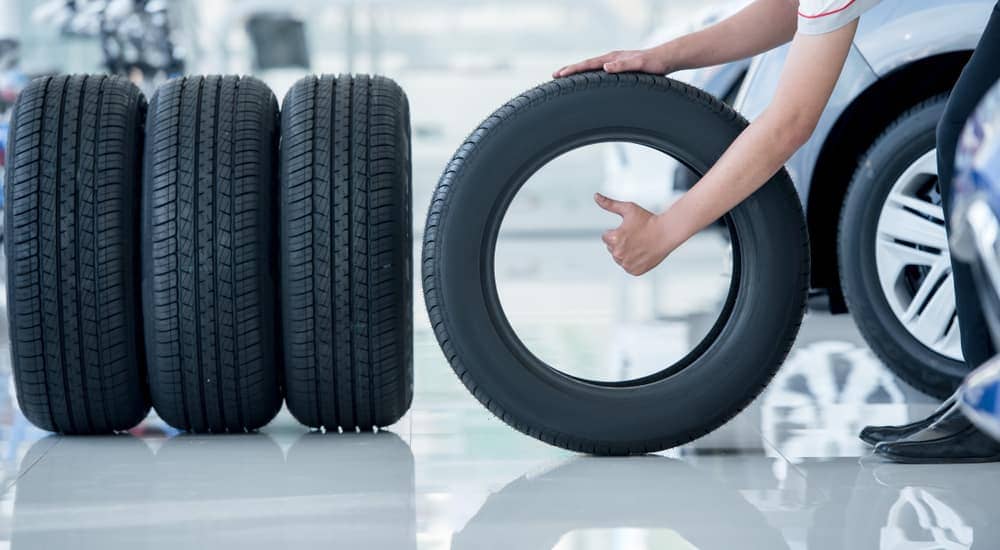
Buying a new tire can be a daunting experience if you’re unfamiliar with it. It’s not your fault though, because there are so many specifications and types of tires to consider that it can become easily overwhelming for anyone. Since getting a new set of tires is vital for your safety on the road, you do still have to make that decision. To ease this process a little, we will discuss some critical pointers that you should keep in mind when buying new tires.
When Should You Change the Tires?
First and foremost, you must have an understanding of when to change the tires of your vehicle. We often think that replacement is only due when the tires start to wear out, but that is not the only factor contributing to the need to change them. Here is what you should check for to know if your tires are due for a replacement:
DISAPPEARING TREADS
Treads are what provide traction to your car and are imperative to keep the car in your control. There are different kinds of tread tracks,but they are all supposed to have a specific depth measurement. With time and use, these treads start to wear down, and the depth between the tracks starts to decrease, causing an alarming situation. You don’t want to wait a long time before you get your tires changed if your tread has worn off enough.
The most common method of checking if you are in the safe zone is through a quarter or a penny. People in the tire industry suggest that you should place a penny or a quarter between the tread tracks. If you are using a penny, check if Abe’s head is completely visible from the side. If yes, this means it’s time to shop for some new tires. Similarly, when using a quarter, look at Washington’s head; if you can see all of it, then your tires are too worn to use.
CRACKED SIDEWALLS
Cracked sidewalls on your tire are the most obvious indicators that you need a tire change. If it is cracking, it will blow up any day, so don’t take your chances. Moreover, these cracks may also lead to your tire leaking, which means that you will have to check for air more often.
DEFORMATIONS
Often a bad tire or a tire in rigorous use will start to show some deformations in the shape of bulges on the outer surface, usually on the sidewalls. This indicates that the tire is weakened and should be replaced soon.
WOBBLING TIRES
If you feel your car wobbling while driving, it is an indication that you should check your tire for deformities and leaks. You will have to get your tires checked, and the mechanic will let you know what the diagnosis is. If you don’t find any physical problem with the tire or if you have recently changed the tires, check if they have been properly installed.
AGE
Tires come with a set life span, and even though you may or may not exploit their full potential, you must not use them after their recommended life. The compounds with which a tire is made changes over time, regardless of wear and tear or usage. And after a certain amount of time after their production, they are not safe to drive.
Their date of production is printed on the sidewalls, and the experts in the tire industry suggest that you get your tires changed every six years.
Choosing The Right Tires
Before you start figuring out what tires you are going to get, you should evaluate your requirements. You should keep in mind details like your mileage, what kind of tracks you are driving on, weather conditions, and other general questions regarding your driving routine. This will help you find the best fit for your vehicle.
SEASONS
Weather conditions and seasons play an important role in your tire’s performance. There are three main classifications among tires in terms of season.
- Summer Tires
- Winter Tires
- All Season Tires
Summer Tires
Summer tires are made such that they perform the best on warmer days. Their rubbers cater to any sort of weather-related expansion very well and, in turn, provide you with great response and traction. They are also made such that they can manage wet roads just as well as dry weather. However, they have one shortfall, and that is they become a hazard whenever the temperature drops below 40 Fahrenheit. The name summer tire makes it quite evident that they are not for winters and cold regions, but dropping below 40 may be usual in your region, even in the summer. The dangerous level to which these tires lose control makes it impossible to drive.
Winter Tires
As the name suggests, these tires have unparalleled performance when it comes to cold and icy conditions. These tires are engineered to best cater to the slippery conditions in cold regions, especially when there is ice. However, contrasting with summer tires, these tires are not suitable for driving in warm conditions. Once the weather starts to warm up, these tires will start wearing quickly and, in turn, drop in performance.
All Season Tires
These are your safest bet if you live in a state where you see all of the seasons in their full glory. These tires are designed such that they decently cater to all kinds of weather conditions. However, they are also further classified, but generally, the idea behind these tires is to provide a safe drive, regardless of what the weather is like. They do not match the performance of the tires specifically made for a certain season, but they do not pose any danger either.
TIRE SPECIFICATIONS
To best fit your car, there are certain tire specifications that you need to be aware of. If you are replacing your tires on a car that has been with you since it was manufactured, you may replace them with identical tires set. We suggest this because those specifications are meant for the best vehicle performance. However, depending on whether or your drive preferences, you may also opt for some other tires.
Size
In order to get a different size than what your existing tire is, you may need some upgrades on your wheel as well as your car. Usually, when replacing a tire, people tend to get the same size as their existing tires. This decision is the safest and saves you from a lot of hassle.
Speed Rating
A speed rating tells you how fast you can go without jeopardizing your safety. After a certain speed, the tire may start to lose traction and get out of control. If you know your speed limits, you must ask for the tire that caters to it.
No Flat Tires
While always carrying a spare tire is a good thing, No-Flat tires or Run-Flat tires help you out with a small commute even after they are punctured. This way, you don’t have a completely flat tire, and you can reach a safe or more comfortable place to change the wheel without having to change the tire. This is also a safe option since a tire going flat at high speed can prove to be dangerous.
Safety Code
Lastly, you must check that the tires you are about to buy meet all the US Department of Transportation requirements, and are certified for safety.
Tires play an essential role in your safety while driving, and to stay out of harm’s way, you must ensure regular maintenance and replacement check-ups on your tires.
Courtesy of paautoinspection


